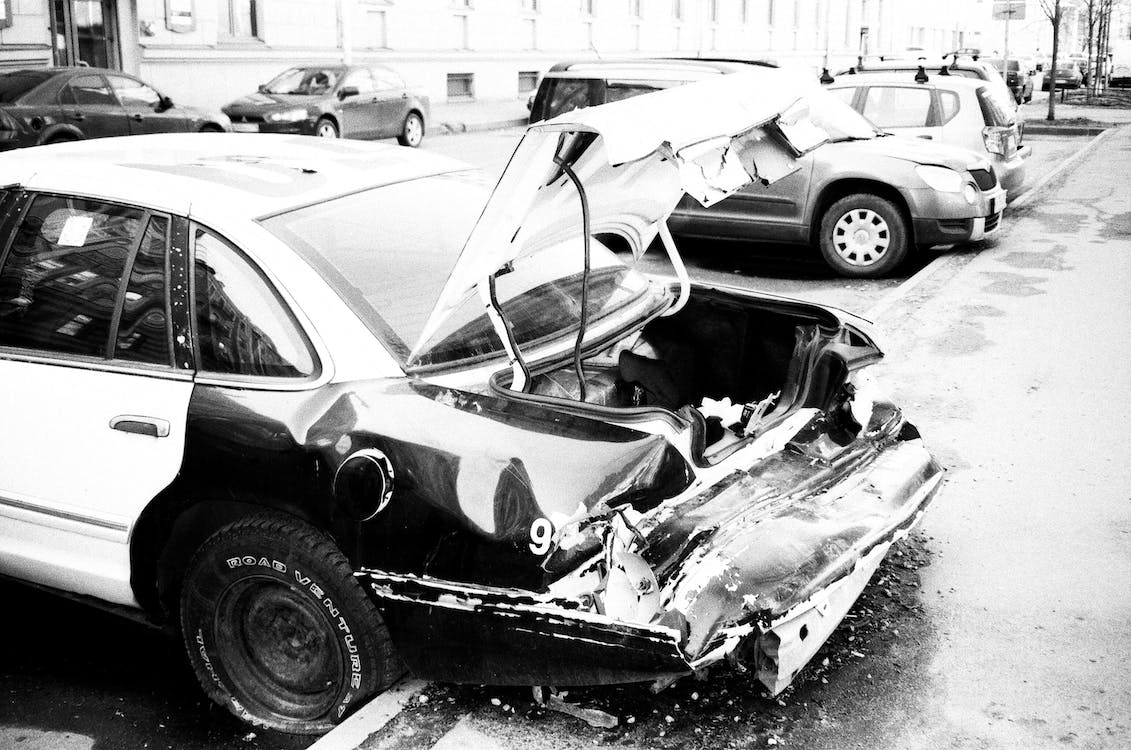Nobody wants to be involved in a car accident. However, being ready and aware of what should be done in the event of an accident can save lives. In order to be ready at the crash site, you should keep important, pertinent paperwork in your vehicle, such as your registration and the name of your leasing agency. Carrying crucial medical information, such as allergies and doctor names is also a smart idea. You also need to make sure that your vehicle is prepared for emergencies.
After an accident, emergency signs and signals can assist in preventing further damage to you, your passengers, and your car. Keep a pad and pen in your car because, even though people rely heavily on technological devices such as mobile phones, there are risks associated with them as they could malfunction or their batteries could die. You should always keep a pen. After an accident, you might need it to note down a phone number or other critical information. Also, make sure you have enough auto insurance to fulfill your demands.
Even though health and safety can be placed at risk due to car accidents, knowing what you need to do at the site of the crash can reduce the level of stress and help you remain calm and composed. Please contact reputed lawyers, such as the car accident lawyers at Regan Zambri Long, to assist you in getting compensation following a car accident.
Take care: If you can, move the car to the side of the road. When interacting with the other driver, exercise particular caution if road rage is the cause of the accident. Make sure to pull over in a safe area to avoid any further damage.
Analyse any potential injuries. Initially, take care of the people and ensure their safety. If someone is hurt, dial 911.
Assess the car’s damage. Once you’re certain that everyone is safe, assess the severity of the car’s damage. If you can, take photos.
Keep your distance from the accident scene. Try to identify the owner of any unattended vehicles you come across. Keep a record of the accident’s specifics, such as the car’s model and the location of the incident.
Try to gather as much data as you can. Obtain the names and phone numbers of all those involved in the collision, including any witnesses. If there are other drivers involved in the collision, get their driver’s license, proof of insurance, and the types and models of their vehicles. Make a note of the accident’s location and the time, etc. Smartphones are excellent tools for capturing driver and vehicle documentation. You can also use them to capture details of the accident.
Call the highway patrol or the police. Inform the authorities if there are any injuries if you are in a significant accident. The law enforcement officers will contact the closest medical unit if necessary. Ask where you can obtain a copy of the officers’ accident reports and collect their names and badge numbers.

